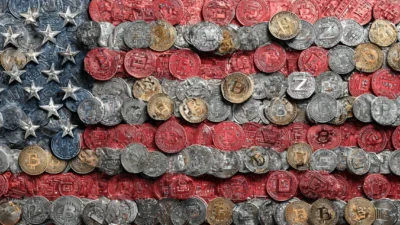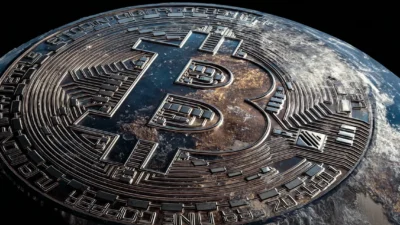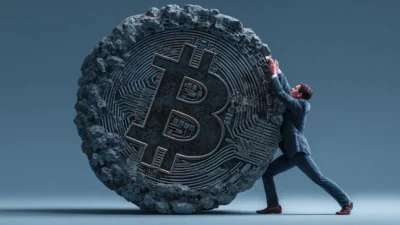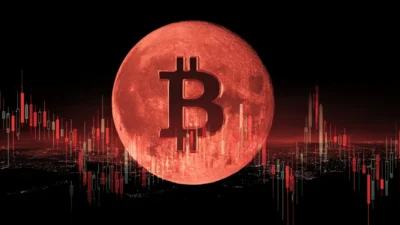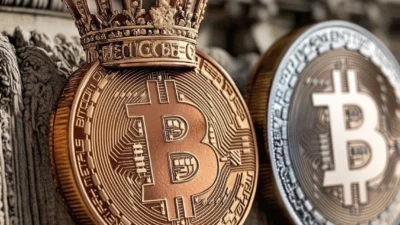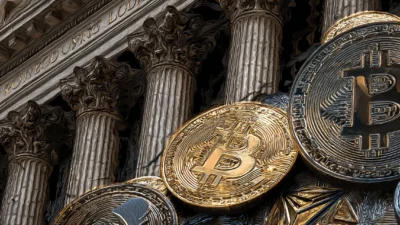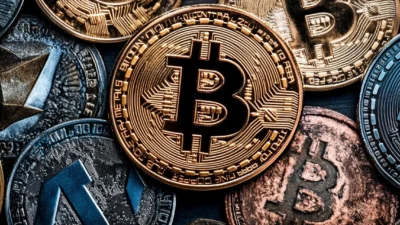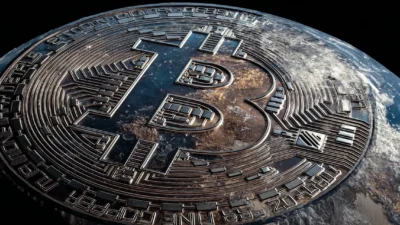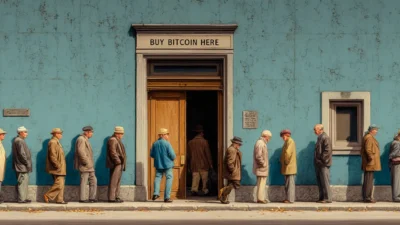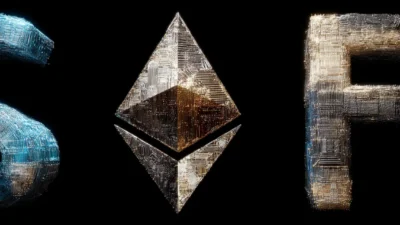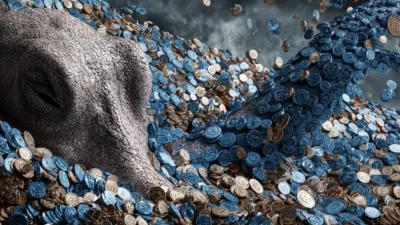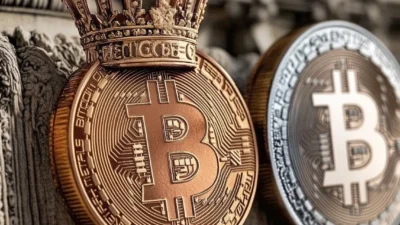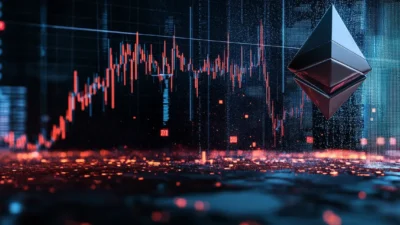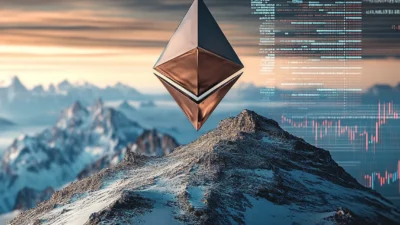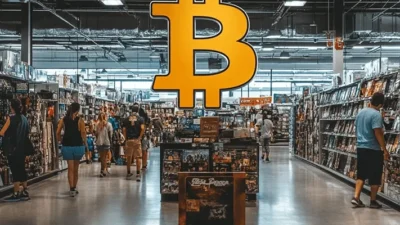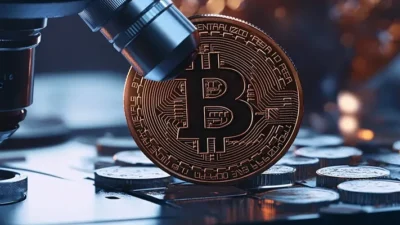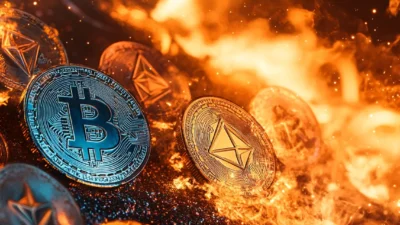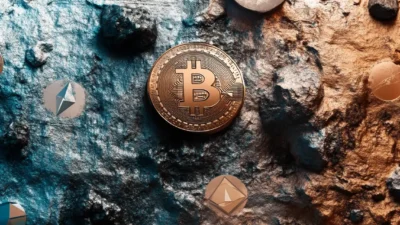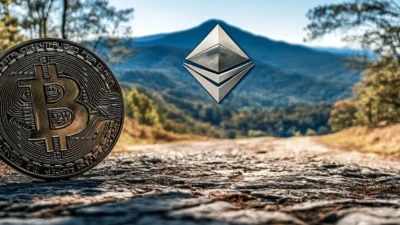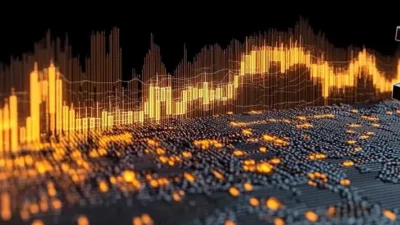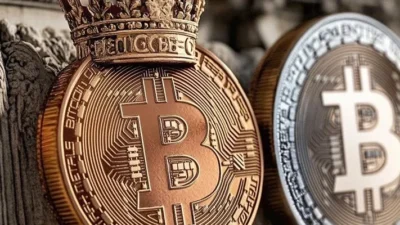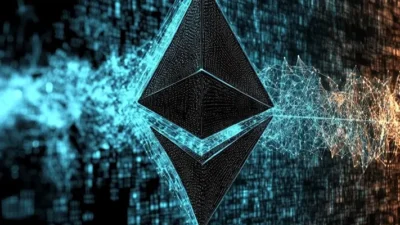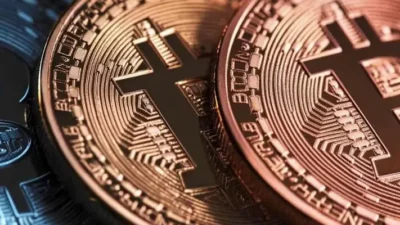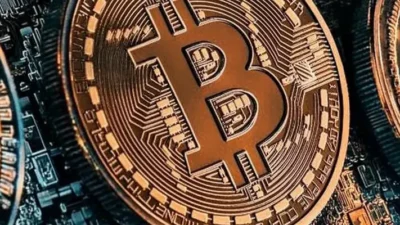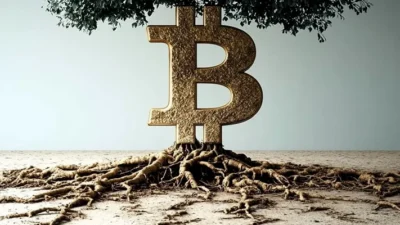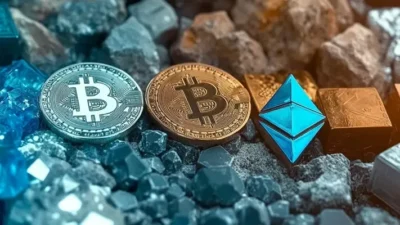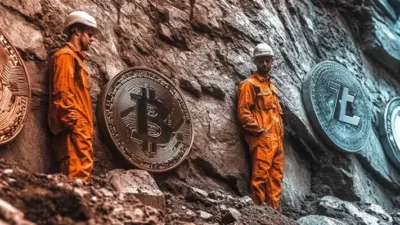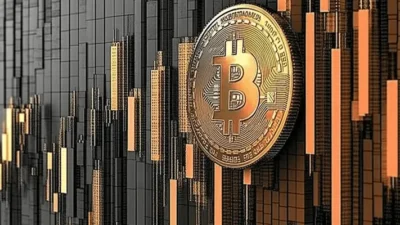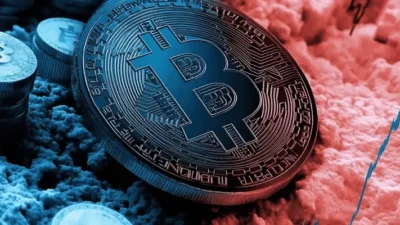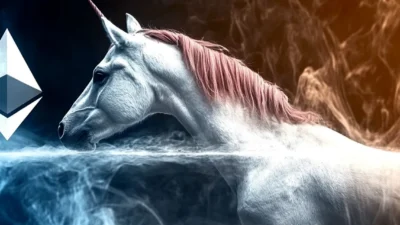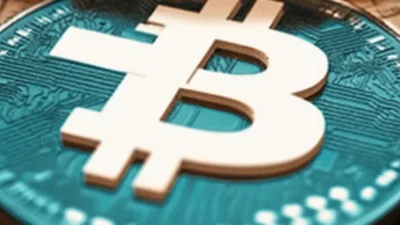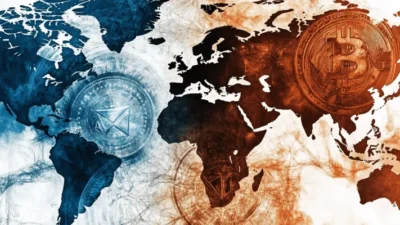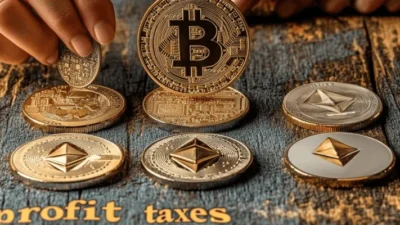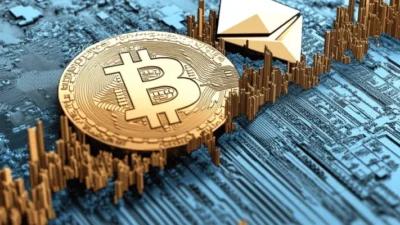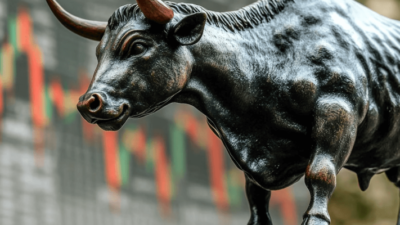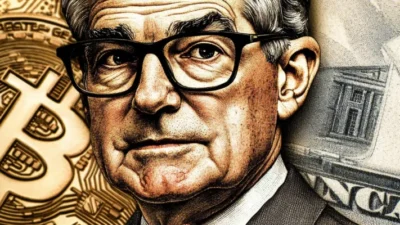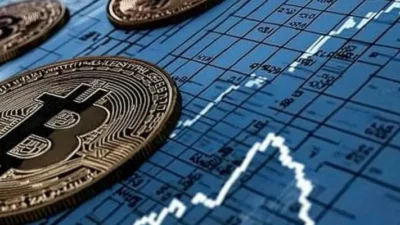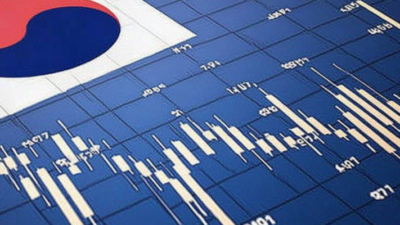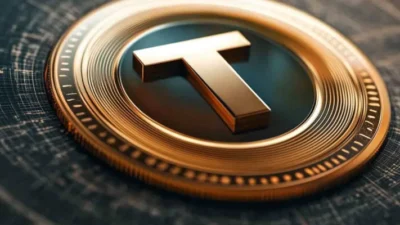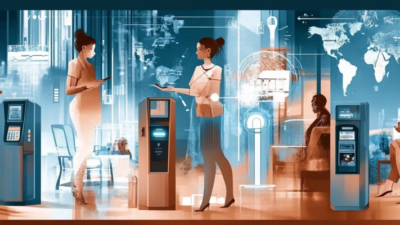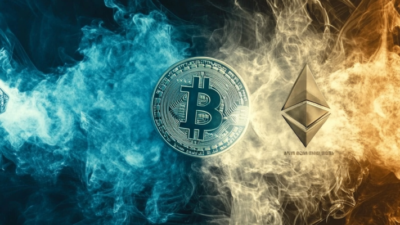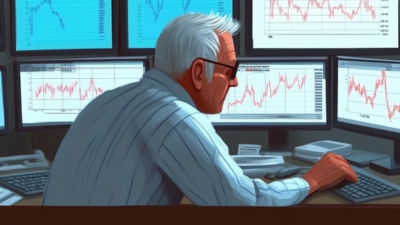TLDR
- Inflation dropped by .1% for March, lower than expected.
- The 12-month rate is down to 2.4%
- However, the tariff uncertainty is still looming overhead, with major industries and investors reacting mostly negatively.
Inflation gave everyone a bit of a breather in March 2025, ticking down further than financial experts anticipated. According to new data from the Bureau of Labor Statistics (BLS), the Consumer Price Index (CPI) — that go-to barometer for tracking the cost of groceries, gas, and everything in between — fell 0.1% for the month.
That brings inflation to a 12-month rate of 2.4%, down from February’s 2.8%. While cooling inflation is good news, it comes as tensions heat up elsewhere. No one knows how the impending tariffs will shake out, especially for sectors like automotive manufacturing, which remains a key question. For now, though, we’ve got some solid numbers to unpack. Let’s get after it.
The Latest CPI Numbers at a Glance
Here’s what happened in March 2025, according to the BLS report:
- Overall CPI fell 0.1% for the month, bringing annual inflation down to 2.4%.
- Core inflation, which excludes volatile food and energy prices, increased just 0.1%, marking its slowest annual rate of 2.8% since 2021.
- Gasoline prices dropped a hefty 6.3%, helping fuel a broader 2.4% decline in the energy index.
- Food prices edged up 0.4%, with eggs still costing a painful 5.9% more on the month and an eye-popping 60.4% more than this time last year.
These figures underscore a dual narrative.
On one hand, energy prices brought some much-needed relief, with falling gas prices giving everyone one less thing to worry about at the pump.
On the other hand, necessities like eggs continue to cost far more than you’d like, which means inflation’s grip, while weaker, still isn’t gone.
Why Energy Prices Are Leading the Charge
The sharp drop in gasoline prices is the big headline here. When energy prices take a dip, they tend to ripple across the economy, cutting transportation and production costs that often get passed on to consumers.
That’s not to say the energy sector is entirely predictable, but March’s 6.3% drop in gas prices certainly played a starring role in pulling down overall inflation rates.
Even for a commodity as infamous for price spikes as eggs, the 60.4% year-over-year increase is among the more eyebrow-raising stats in this report.
What About Rent and Other Sticky Prices?
If you’ve been watching inflation debates (We’re finance nerds, we honestly don’t expect anyone else to be watching this stuff.), you’ll know that shelter prices fall under the “sticky” category. They’re notorious for staying high even as other goods and services begin trending downward.
March brought mixed news on this front. Shelter costs rose only 0.2% for the month, their smallest increase since November 2021. On a 12-month basis, shelter prices climbed 4%, which is still a bit high but slower than the breakneck pace seen in previous years.
The modest slowdown translated into fewer surprises for renters and even homeowners. For many, the real estate and rental markets play an outsized role in monthly budgeting, so a deceleration here brings meaningful relief.
The Automotive Sector and the Impact of Tariffs
One area where things were relatively quiet last month? The automotive market. Used vehicle prices fell 0.7%, while new vehicles saw a modest uptick of 0.1%. Good news for now, but there’s a looming storm cloud overhead.
Why? Well, it’s tied to President Trump’s plans for tariff implementation.
Potential tariffs targeting U.S. trading partners could send shockwaves through the automotive supply chain. Higher costs could hit automakers hard, from raw materials to parts manufacturing, and many of those costs are likely to get passed on to consumers.
If you’ve been eyeing a big-ticket purchase, like a shiny new electric car (or just one that gets decent mileage), you might want to weigh the timing carefully.
Other Notable Price Changes
The BLS report offered a wide-ranging snapshot of the economy. Here’s what stood out:
- Airline fares fell 5.3%, potentially making your summer travel plans a bit more budget-friendly.
- Motor vehicle insurance dropped 0.8%, which is always a welcome bonus.
- Prescription drug prices declined 2%, offering relief to consumers facing pharmaceutical expenses.
These shifts might look small individually, but collectively they contribute to a broader pattern of stabilization, at least in specific categories.
What’s Next for Inflation and the Economy?
Heading into the second quarter of 2025, investors, policymakers, and everyday Americans are closely monitoring inflation trends and their potential ripple effects.
Lower inflation reduces the pressure on central banks to raise interest rates, something that’s been a major focus for the Federal Reserve in recent months. By the way, the Fed is meeting again next month, and yes, we will, of course, be covering what goes down.
The prospect of tariffs introduces new uncertainties, particularly for industries like automotive and manufacturing that thrive on complex global supply chains.
For cryptocurrency users and new investors, inflation readings like this one offer critical context for market movements. A cooling inflation rate often coincides with a stronger appetite for risk, but external factors, such as tariffs, could complicate this outlook.
What It Means for Crypto Users
The markets were honestly a bit “meh” after the CPI report. We were looking at a solid rally that eventually turned into a nothing burger. At the time of this writing, BTC is $79,815, ETH is at 1527, while QQQ is at $445 and the SPY is sitting at $523.
Use today’s data to inform your next steps, whether that means rebalancing a portfolio, planning major purchases, or simply revisiting your monthly budget.
If you’re part of the crypto crowd, this could be a signal to revisit your strategy. Stablecoins and other inflation-resistant assets might offer some security, but broader economic shifts, like international trade policies, shouldn’t be ignored.
Stay informed, stay strategic, and keep watching the numbers.

